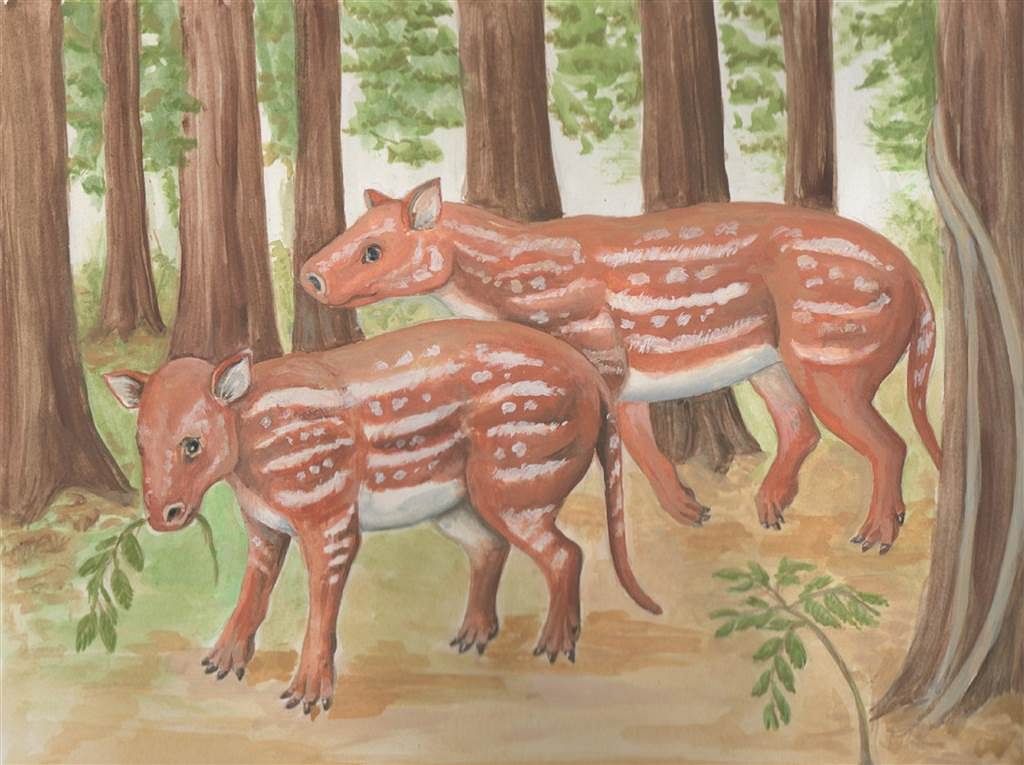New Delhi: Researchers have claimed that hoofed animals such as horses and rhinos evolved from an exotic animal the size of a sheep that looked like a cross between a pig and a dog and wandered in India nearly 55 million years ago.
Experts from Johns Hopkins University who have explored mines in Gujarat have discovered the remains of a strange creature called Cambaythirium. Cambaytherium is an extinct cousin of perissodactyls (a group of mammals that includes horses, rhinos, and tapirs) that lived in the Indian subcontinent nearly 55 million years ago.
The first voyage to Rajasthan in 2001 was not a great success, “Although we found only a few fish bones on that expedition, our Indian colleague, Rajendra Rana, continued the following year exploring the lignite mines to the south and arrived at the Vastan Mine in Gujarat” Ken Rose, professor emeritus at Johns Hopkins University and lead author of the study, said. This new mine proved more promising.
“In 2004, our team was able to return to the mine, where our Belgian collaborator Thierry Smith found the first fossils of mammals, including Campythirium,” Rose said in a paper published in the Journal of Vertebrate Paleontology.
After being encouraged, the team returned to the mines in Gujarat and collected fossilized bones from the Cambaythirium and many other vertebrates, despite difficult conditions.
The cambithirium represents a more primitive evolutionary stage than any known species of perissodactyl, and is the supportive origin of the group in or near India – before they spread to other continents when terrestrial contact with Asia formed.
The researchers said the animal likely evolved at a time when India was still an island. The results also confirm a theory first proposed 30 years ago that the horse’s ancestry can be traced back to India as it drifted north from Madagascar.
“In 1990, Krause & Maas suggested that these orders may have developed in India, as it drifted north from Madagascar, spread across the northern continents when India collided with Asia,” Rose said.
The most recent discovery is the culmination of 15 years of work by a global team of researchers and includes the compilation of the complete anatomy of the Cambaytherium skeleton from more than 350 fossils discovered across India.
Despite the abundance of perissodactyls in the Northern Hemisphere, Cambaytherium indicates that the group likely evolved in isolation in or near India during the Paleocene (66-56 million years ago), before spreading to other continents when it formed terrestrial contact with Asia .
Cambathium, which was first described in 2005, is the most primitive member of an extinct group that branched out before the fingerstick development.

Communicator. Reader. Hipster-friendly introvert. General zombie specialist. Tv trailblazer

